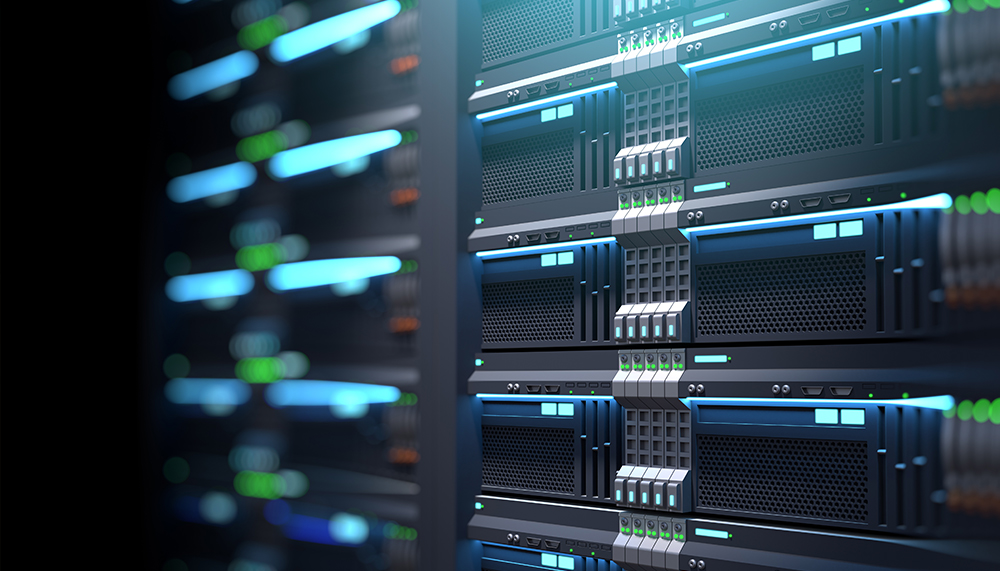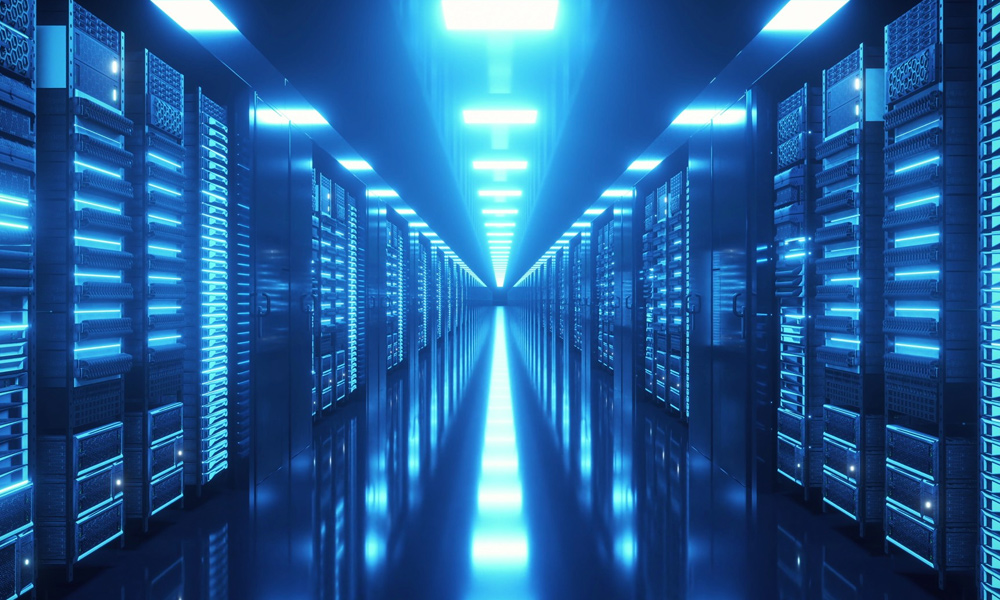The Role of Edge Computing in The Distribution of Information and Communications Technology Services

The era of digital transformation and IoT has made a way for edge computing. According to Gartner, currently, only around 10% of enterprise-generated data is created and processed outside a traditional centralized data center (or cloud), meaning that the rest is still processed in a centralized server. However, Gartner also predicts that by 2025, this figure will reach 75%. But, what is edge computing? Why is it so important?
What is Edge Computing?
To understand what edge computing really is, it’s important to know what “network edge” is. The network edge refers to the territory where a device or a local network which contains the device connects with the Internet. The network edge includes various types of endpoints—for example PCs, smartphones, IoT devices and their sensors, WiFi access points as well as adapters, routers, modems, local edge servers and the devices that connect to them. In contrast, the network core refers to the components that provide services to those at the edge such as servers in data centers. The key point is that the network edge is geographically close to end-users and their devices, unlike origin servers and cloud servers, which can be very far from the devices they communicate with.
Edge computing is a networking principle focused on physically moving computing and data storage away from the network core towards the network edge — closer to users — to reduce latency and bandwidth use. In its history, edge computing was developed in response to the growth of IoT devices and how they rely on the internet to both receive and deliver data from and back to the cloud. Many IoT devices generate enormous amounts of data during their operations. A single IoT device can transmit data across a network without too many obstacles; however, problems arise when there are more than one device transmitting data at the same time. Not only will quality suffer due to latency, but the costs in bandwidth can be massive.
In an article by The Enterprisers Project, a food analogy was used to explain edge computing. Through the article, Michael Clegg, Vice President and General Manager of IoT and Embedded at Supermicro, an IT company based in the US, said, “By processing incoming data at the edge, less information needs to be sent to the cloud and back. This also significantly reduces processing latency. A good analogy would be a popular pizza restaurant that opens smaller branches in more neighborhoods, since a pie baked at the main location would get cold on its way to a distant customer.”
Why Does Edge Computing Matter?
The most notable characteristic of edge computing is its topology. Edge computing topology can reduce latency and overcome network congestion. By processing and storing data closer to the edge, edge computing reduces the amount of data flowing to and from the primary network, leading to lower latency and higher overall speed. This means that endpoints can react to information in almost real-time. Edge computing also has the capacity to filter and prioritize traffic and reduce the pressure on a network, improving efficiency and keeping bandwidth requirements in check.
Nonetheless, the most significant advantage of edge computing topology is its ability to support IoT devices in low bandwidth environments, such as remote towns and rural areas. Due to unreliable network connectivity, it’s usually difficult for users in such environments to transfer data, download and upload large files, or stream HD videos. Edge computing topology ensures a faster, seamless, and high-quality experience for users regardless of their locations.
In conclusion, edge computing creates new and improved ways for organizations to achieve many things, from maximizing their operational efficiency, improving performance, to ensuring constant availability. However, it doesn’t stop there. Edge computing allows them to reach even the remote areas far from their home servers, so users in the areas have the same opportunities to receive services and content as the users in larger central cities.

















